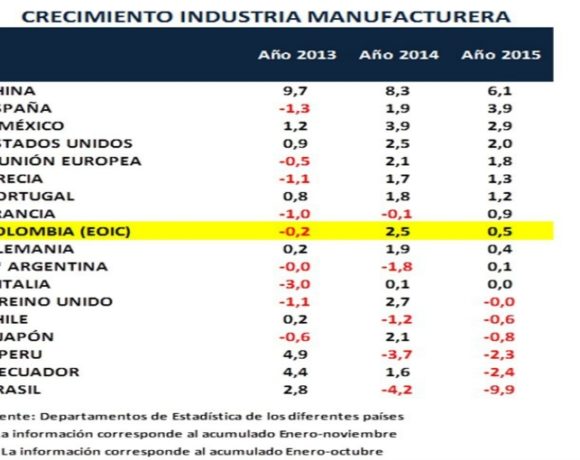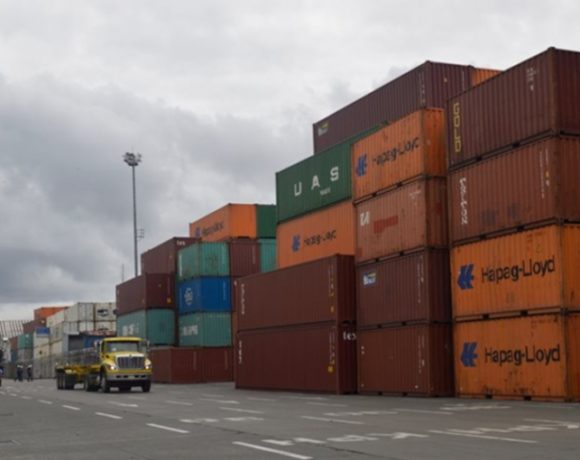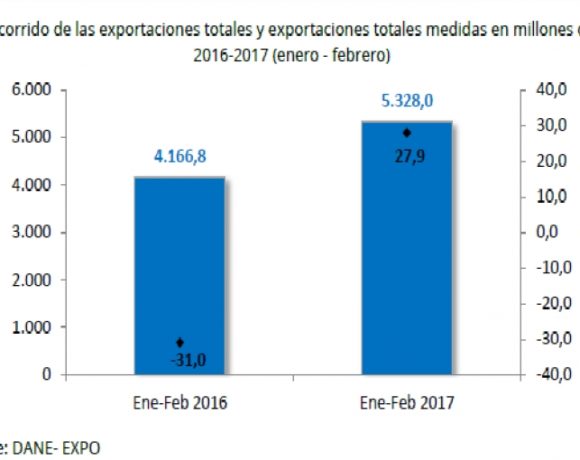Colombia Successfully Confronts ‘El Niño’ Thanks to Power Diversification

Medellin-based XM — Colombia’s free-market electric-power trading organization – announced February 2 that despite the “El Niño” drought phenomenon that has cut hydropower capacity, thermoelectric generators have more-than taken-up the slack.
As a result, Colombia isn’t experiencing the power blackouts suffered during the 1992 drought – which is great news for industrial, commercial and residential power consumers.
Hydropower operators report that water reservoirs dipped to 52% capacity as of January 31, 2016, while water intake to hydroelectric turbines in January was only 50% of the historical average.
In contrast, thermal generation (mainly tapping natural gas, diesel and coal) in January was on average 86 gigawatt-hours per day (GWh/day), or 45% of national power demand, according to XM, a subsidiary of Medellin-based national power transmission operator ISA.
Thermal power generation is now a “fundamental resource for the country due to the strong impact of the current El Niño, considering the allocation of [water] inputs and volumes of reservoirs of hydroelectric power plants,” according to XM.
“Although we are starting the driest month of the year [February] and we still have some months with the climatic uncertainty that El Niño brings, with [increased] levels of thermal generation the national grid has been able to meet all demand for electricity,” said XM general manager Luis Alejandro Carmago.
“However, we need to remain vigilant to the changing climate, making efficient use of power and saving energy until rainfall returns to historical averages,” Camargo added.
As noted in a recent report from Colombian business newspaper Portafolio, thermal power capacity in Colombia has jumped 22% since 2010.
While industrial power consumers have complained that Colombia’s power tariffs are relatively more expensive than tariffs in some neighboring countries, Colombia’s power reliability has vastly improved in the past 25 years.
This reliability boost is due to massive investments in capacity expansion along with a “reliability surcharge” on all generators, which enables thermal-power generators to recoup capital investments in new capacity during “normal” times when relatively low-cost hydropower generators have plenty of output capacity, idling much thermal capacity.
However, thermopower producers have been paying relatively high prices for diesel fuel when cheaper natural gas supplies weren’t available — pushing some producers to a financial brink.
On that front, recent government intervention into the financially strapped Thermocandelaria thermal power plant helped Colombia confront the decline in hydropower output, as Colombia’s Mines and Energy Minister Tomas Gonzalez explained in an interview with Portafolio.
For the future, Colombia needs to invest more in expansion of natural gas supplies for thermal power generators in order to reduce their exposure to higher-cost diesel supplies, Gonzalez added. Venezuela recently reneged on a contract to supply more natural gas to Colombia, so other initiatives to expand supplies are needed.
















